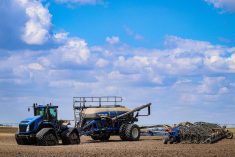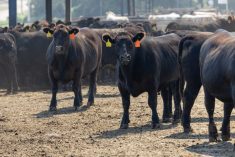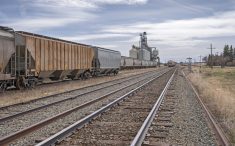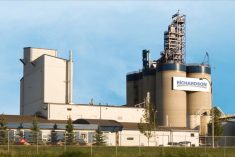This will not be a record year for tractor and combine sales in North America.
Industry representatives say the downturn in commodity prices, the grain transportation logjam in Western Canada and overall reductions in farm income will force farmers to fix older equipment instead of spending $450,000 on a new tractor.
“For 2014, based on all the conditions we’re talking about, we’re looking at a fairly flat agriculture market,” said David Ascott, chief financial officer for Rocky Mountain Equipment, a chain of agriculture and construction equipment dealerships in Western Canada.
Read Also
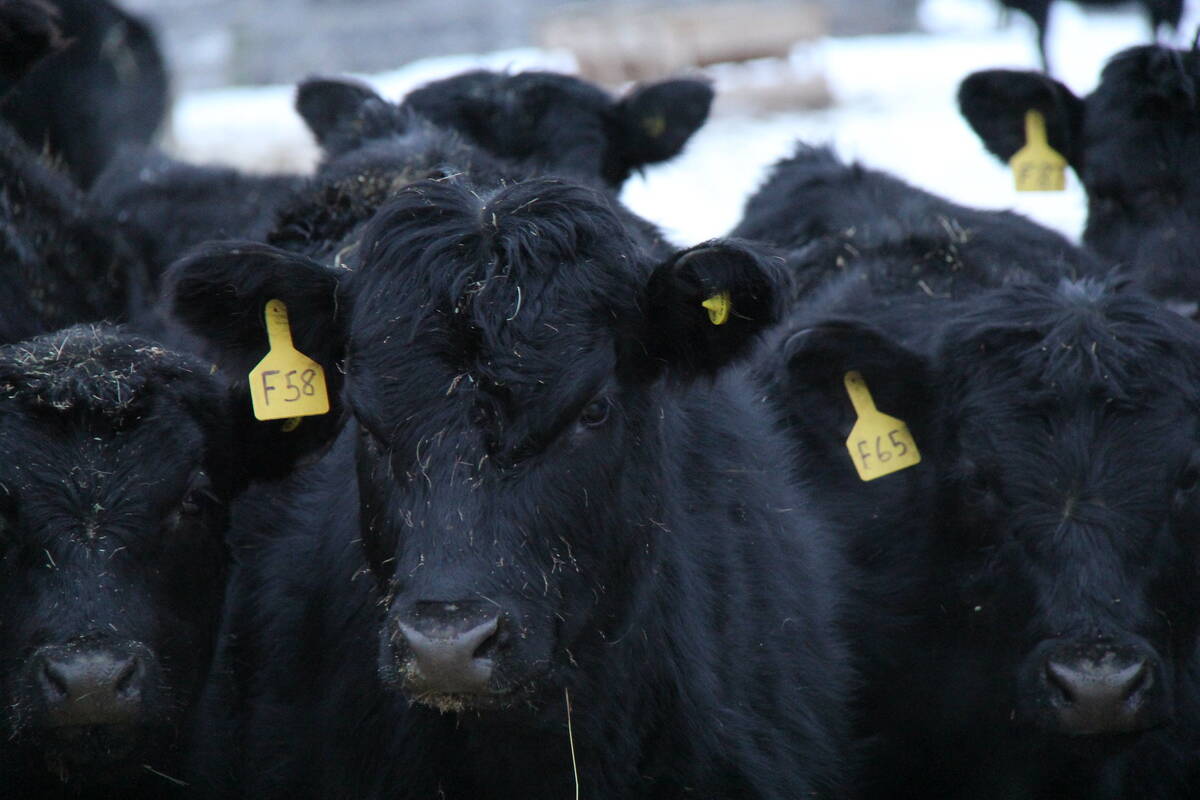
Under Trump, U.S. cedes its share of China’s beef market to Australia
Australian beef has replaced U.S. supply in China since President Donald Trump returned to the White House.
U.S. and Canadian ag dealers might be fortunate if sales are flat because manufacturers such as John Deere expect North American sales to drop significantly.
“In Deere’s view, the decline (in farm income) will have a dampening effect on demand, especially for larger models of equipment,” Deere said in its February financial report.
“Partly as a result of these factors, industry sales for agricultural machinery in the U.S. and Canada are forecast to be down five to 10 percent for the year, with the decline mainly reflecting lower sales of high-horsepower tractors and combines.”
Ascott said sales may drop more in the United States than in Canada because of changes to U.S. tax provisions.
“They had a tax benefit allowing a write-off of 100 percent in the year of purchase,” he said.
“We think that pulled a lot demand … from 2014 to 2013.”
The U.S. government increased the amount that farmers and other businesses could immediately write off against taxation as a way to stimulate the economy following the recession that began in 2008.
The regulation allowed farmers to deduct the full purchase price of combines, tractors and other equipment, up to a limit of $500,000, in the year of purchase.
Grant Griffiths, an agricultural business advisor with MNP, said Canadian farmers can write off 15 percent of a tractor’s value in the first year of purchase and 30 percent in subsequent years. For equipment that is pulled, such as air seeders, 10 percent can be written off in the first year and 20 percent in following years.
The U.S. provision expired Dec. 31, and the limit returned to the previous deduction maximum of $25,000.
Industry watchers expect American farmers to hold off tractor and combine purchases until the U.S. Congress boosts the deduction limit.
Equipment manufacturers have already responded to the decline in demand.
“The two large ones, Case and Deere, have already indicated that they’re going to produce less equipment in 2014 as part of that balancing act,” Ascott said.
Demand for high horsepower tractors and combines may be weak, but farmers remain keen on high clearance sprayers.
“Sprayers are in high demand. That would be the one exception that stands out,” Ascott said.
“The technological advances in sprayers … I think is driving some of the larger farmers. They want the efficiencies of the newer sprayers.”
Farmers may not be kicking tires at Rocky Mountain dealers, but service departments have been busy.
“That’s one of the good parts of our business, if there is a downturn in whole goods we usually see parts and service get a little bit of a lift,” said Ascott, who remains hopeful that sales will pick up.
“The word on the street is that our branches are starting to get busier…. We remain optimistic for the first half of the year.”






